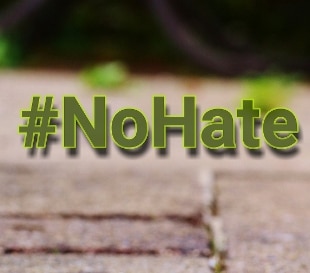Share
21 August 2019 Online hatred thrives through self-organized and scalable groups that connect to form resilient networks, spread across multiple social platforms, in multiple countries and in multiple languages. This is what emerges from the first map of online hatred by a group of researchers at George Washington University in a study published in the journal Nature. Researchers have developed a unique map to understand how online hate groups thrive with the purpose of helping social media platforms and law enforcement agencies battle against online hatred.Recently, ideologies based on online hatred and extremist groups have been linked to a wave of crimes around the world. This is why American researchers have decided to better understand how it works and therefore understand how it can be stopped. "We decided to get to the bottom of online hatred by observing why it is so resilient and how it can be better addressed," says Neil Johnson, a physicist at George Washington University.
To succeed, scholars have begun to map the way in which groups connect to spread their ideologies and attract new recruits. Focusing on Facebook and its counterpart in Central Europe, VKontakte, the researchers started with a certain hate group and looked outward to find a second that was strongly linked to the first original. Well, they discovered that hatred crosses the boundaries of specific Internet platforms, including Instagram, Snapchat and WhatsApp; goes beyond the geographical position, including the United States, South Africa and parts of Europe; and beyond the language, including English and Russian.
The researchers saw groups create new adaptation strategies to cluster on other platforms and / or re-enter a platform after being banned. For example, groups can migrate and reconstitute on other platforms or use different languages to avoid being detected. This allows the group to quickly recover thousands of supporters on a platform from which they were banned. This strategy underlines the need for multi-platform cooperation to limit online hate groups.
Researchers have also developed 4 intervention strategies that social media platforms could immediately implement based on certain situations: reducing the power and number of large groups by prohibiting "feeding" of smaller groups; hit the Achilles heel of online hate groups by casually banning a small portion of individual users in order to bring down the group's global network; putting groups against each other by helping anti-hate groups engage directly against hate groups; create intermediate groups that involve hate groups in order to bring out the differences between their ideologies and to question their position.

